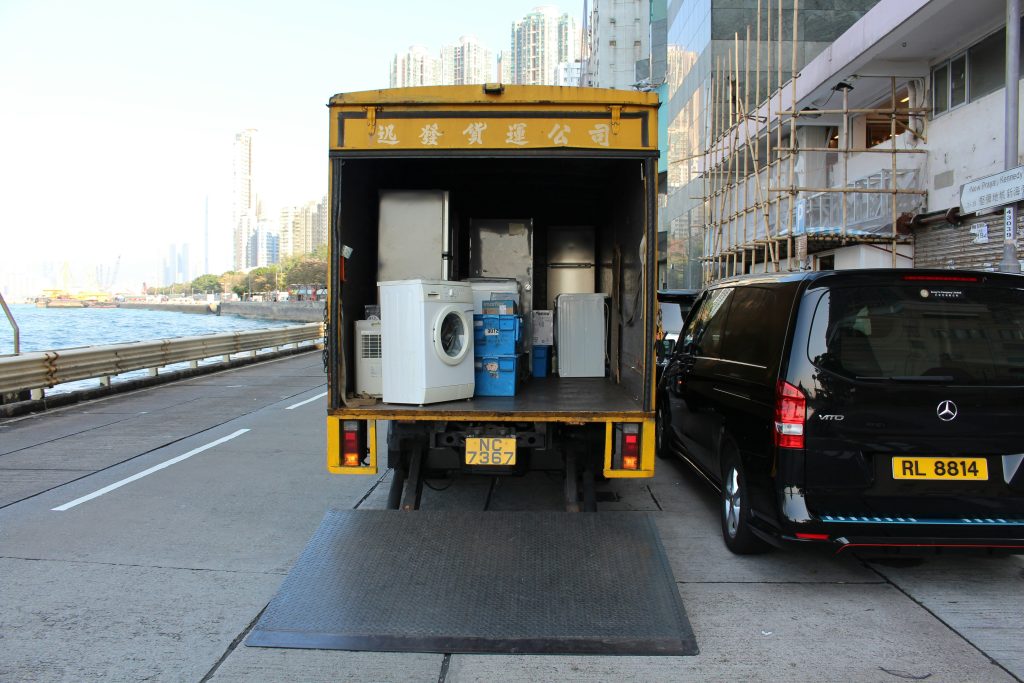Making Your Michigan to Texas Move Smooth and Stress-Free

Moving from Michigan to Texas can feel like a monumental task. The distance is long, the climate changes and the logistics can be complicated. However, with good preparation and clear steps, you can make your move from Michigan to Texas a stress-free experience. This guide will walk you through key strategies for planning, packing, moving, and settling in comfortably.
Why People Are Moving from Michigan to Texas
Increasingly, people are relocating from Michigan to Texas. One main reason is Texas’s warmer climate. Michigan winters can be harsh and long, while Texas offers mild winters and lots of sunshine. This attracts many who want to escape the cold.
Texas also has a lower cost of living compared to many parts of Michigan. Housing prices tend to be more affordable. Additionally, Texas has no state income tax, which allows individuals to keep more of their earnings.
The job market in Texas is robust, particularly in major cities such as Houston, Dallas, Austin, and San Antonio. Many industries are experiencing significant growth, including energy, technology, and healthcare. For families, Texas offers numerous excellent schools, parks, and community activities.
Early Planning: The Foundation of a Stress-Free Move
The key to a smooth move from Michigan to Texas starts with early planning. Once you know your moving date, make a timeline and checklist. Planning reduces last-minute stress.
Your checklist should include:
- Sorting and decluttering your belongings
- Researching and booking a moving company experienced in long-distance moves
- Notifying utility companies of your move date
- Changing your address with banks, post office, and subscriptions
- Preparing essential documents and records for easy access
Begin these steps at least six to eight weeks before moving day. Early action helps prevent surprises.
Selecting the Right Movers for Your Michigan to Texas Move
Choosing a reliable moving company is vital. Look for movers licensed for interstate moves. Check customer reviews and ask for recommendations.
Ask moving companies these questions:
- Are they insured and licensed?
- What services are included in the price? Do they offer packing or unpacking?
- How do they handle fragile or valuable items?
- What is their cancellation and insurance policy?
Get quotes from at least three movers to compare prices and services. Booking early can save money and guarantee availability.
Smart Packing Tips for Your Michigan to Texas Relocation
Packing bright makes unpacking easier and protects your belongings. Begin packing early, starting with items you use less often.
Label boxes clearly with their contents and the room to which they belong. Use good-quality boxes and packing materials. Wrap fragile items carefully.
Declutter as you pack. Donate or sell items you don’t need. This reduces the volume to move and lowers costs.
Keep a box of essentials such as clothes, toiletries, chargers, and important papers for your first days in Texas.

Traveling from Michigan to Texas: What You Should Know
The drive from Michigan to Texas covers about 1,200 to 1,400 miles. Driving nonstop takes around 18 to 24 hours, but it’s best to split the trip into two or three days.
Plan your route and stops for rest, food, and fuel. Book hotels in advance if you plan to stay overnight.
Many people fly to Texas and ship their belongings separately. This option reduces travel stress but requires coordination with your movers.
Check the weather forecast for Michigan, your route, and Texas. Prepare for any delays due to weather.
Setting Up Your New Home in Texas
After arriving, focus on setting up your new home—contact utility companies to connect water, electricity, gas, internet, and trash services.
Update your address with the post office, banks, insurance companies, and other essential contacts to ensure accurate information is maintained.
Texas requires new residents to get a driver’s license within 90 days and register their vehicles within 30 days. Attend to these tasks promptly to avoid penalties.
Explore your neighborhood and take the opportunity to introduce yourself to your neighbors. Joining community groups helps you settle in faster.
Benefits of Moving from Michigan to Texas for Families
Texas is very family-friendly. It offers excellent schools, parks, and a variety of recreational activities. The mild winters allow children to play outside most of the year.
Affordable housing and community programs make Texas a great place for families to live. Many neighborhoods organize family events and services that help newcomers feel welcome and at home.
Challenges You Might Face Moving from Michigan to Texas
One challenge is adjusting to the Texas heat. Summers can be very hot and humid, especially compared to Michigan’s cooler climate. Make sure your home has reliable air conditioning.
Traffic in Texas cities can be heavy. Learning your routes and utilizing navigation tools can make your commute easier.
Cultural differences may require adjustment, especially moving from a small Michigan town to a large Texas city. Being open and exploring your new surroundings helps ease this transition.
Moving Checklist for a Smooth Michigan to Texas Relocation
- Research cities and neighborhoods in Texas
- Hire a licensed and insured moving company early
- Declutter and pack smartly
- Notify utilities and services in Michigan
- Plan your travel route or book flights
- Set up utilities in your new Texas home
- Update your mailing address
- Register your vehicle and get a Texas driver’s license
- Explore your new community and make connections
Following this checklist will keep your move organized.
FAQs About Moving from Michigan to Texas
Q: How long does it take to move from Michigan to Texas?
A: Driving nonstop takes about 18 to 24 hours. With breaks, it may take two to three days. Shipping belongings can take one to two weeks.
Q: How much does a Michigan to Texas move cost?
A: Costs vary by size and service. On average, expect $3,000 to $7,000.
Q: Do I need a Texas driver’s license after moving?
A: Yes, Texas requires new residents to get a driver’s license within 90 days.
Q: Can I keep my Michigan vehicle registration?
A: No, Texas requires vehicle registration within 30 days of moving.
Q: When is the best time to move from Michigan to Texas?
A: Spring and fall are best for mild weather. Summer can be extremely hot, and Michigan’s weather may impact winter travel.
Making your move from Michigan to Texas stress-free is possible with proper planning and preparation. Take each step one at a time, and soon you will enjoy new Texas home.
Buzzmoving links you to a nationwide team of expert movers dedicated to delivering reliable and efficient moving services. Request a free quote today and let Buzzmoving guide you through a hassle-free move.




